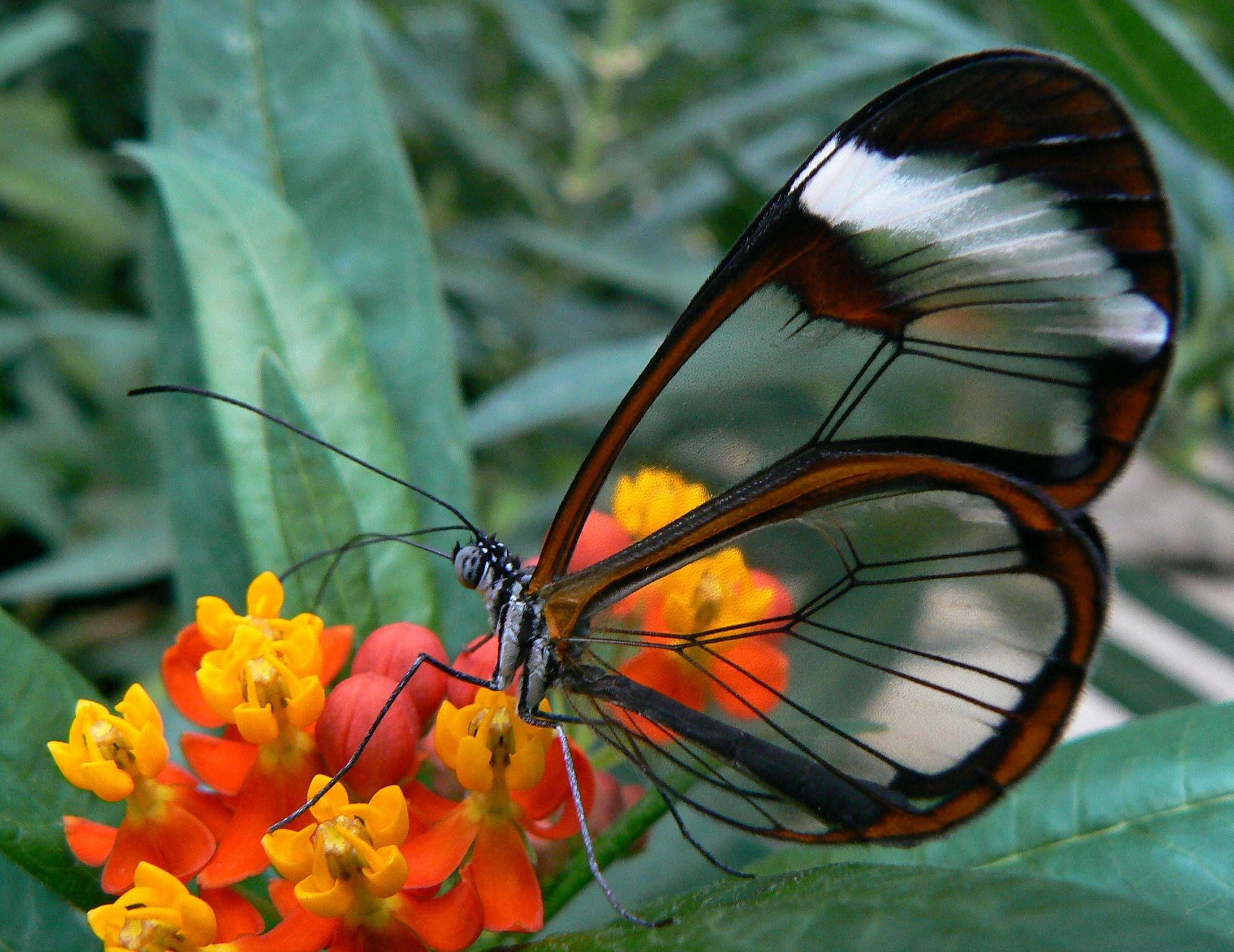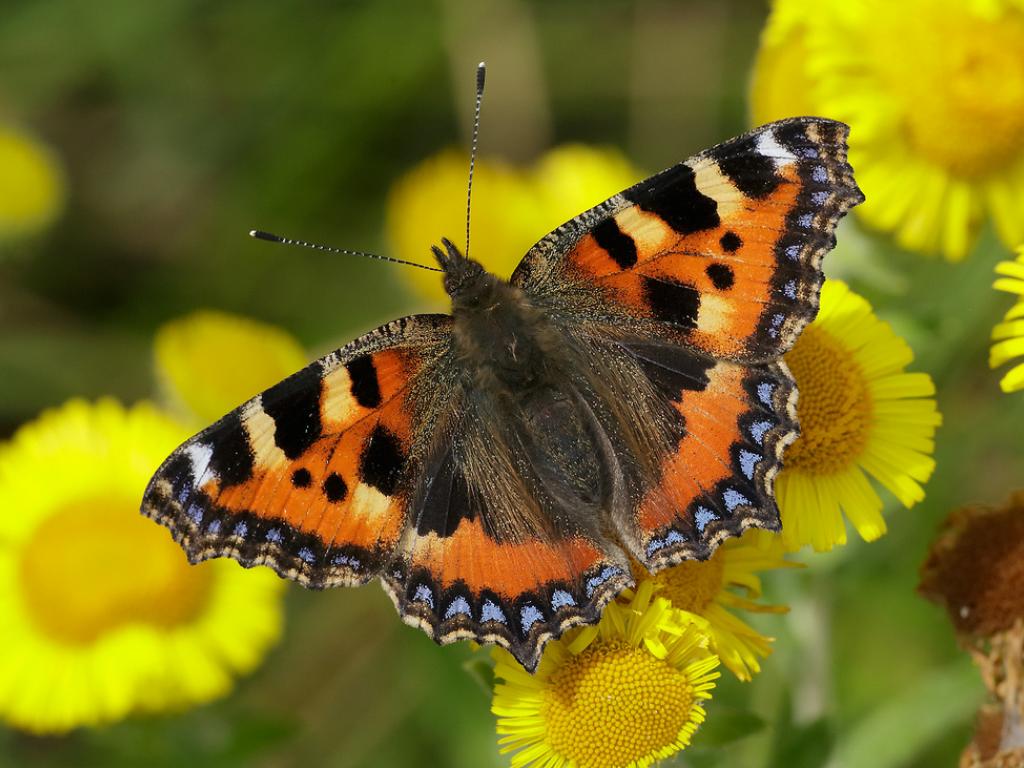Discovering the Common Blue (Polyommatus icarus): Key Facts and Features
The Common Blue butterfly (Polyommatus icarus) is the most widely distributed species of blue butterfly across Britain and Ireland, thriving in a broad array of grassy habitats. The vibrant males are strikingly conspicuous, while the females are more elusive, their presence often hidden from view. The upper wings of the females vary significantly in coloration: in southern England, they are predominantly brown, while in western Ireland and Scotland, they lean more towards a blue hue. However, within local populations, there is considerable variation, and some individuals exhibit strikingly unique color patterns. Unlike the Adonis and Chalkhill Blues, the dark veins … Read more



